Andrew Gaut
Extracting Molecular Properties from Natural Language with Multimodal Contrastive Learning
Jul 22, 2023

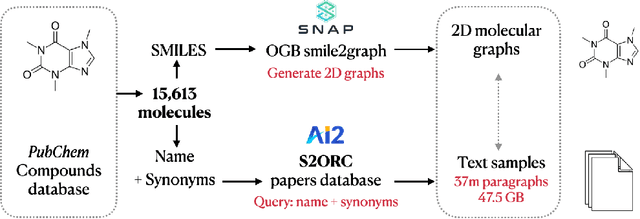

Abstract:Deep learning in computational biochemistry has traditionally focused on molecular graphs neural representations; however, recent advances in language models highlight how much scientific knowledge is encoded in text. To bridge these two modalities, we investigate how molecular property information can be transferred from natural language to graph representations. We study property prediction performance gains after using contrastive learning to align neural graph representations with representations of textual descriptions of their characteristics. We implement neural relevance scoring strategies to improve text retrieval, introduce a novel chemically-valid molecular graph augmentation strategy inspired by organic reactions, and demonstrate improved performance on downstream MoleculeNet property classification tasks. We achieve a +4.26% AUROC gain versus models pre-trained on the graph modality alone, and a +1.54% gain compared to recently proposed molecular graph/text contrastively trained MoMu model (Su et al. 2022).
Towards Understanding Gender Bias in Relation Extraction
Nov 09, 2019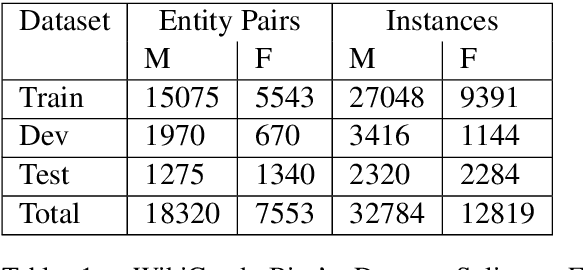
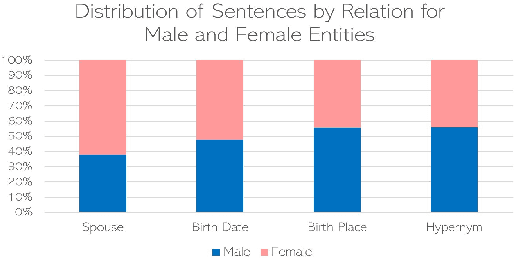


Abstract:Recent developments in Neural Relation Extraction (NRE) have made significant strides towards Automated Knowledge Base Construction (AKBC). While much attention has been dedicated towards improvements in accuracy, there have been no attempts in the literature to our knowledge to evaluate social biases in NRE systems. We create WikiGenderBias, a distantly supervised dataset with a human annotated test set. WikiGenderBias has sentences specifically curated to analyze gender bias in relation extraction systems. We use WikiGenderBias to evaluate systems for bias and find that NRE systems exhibit gender biased predictions and lay groundwork for future evaluation of bias in NRE. We also analyze how name anonymization, hard debiasing for word embeddings, and counterfactual data augmentation affect gender bias in predictions and performance.
Mitigating Gender Bias in Natural Language Processing: Literature Review
Jun 21, 2019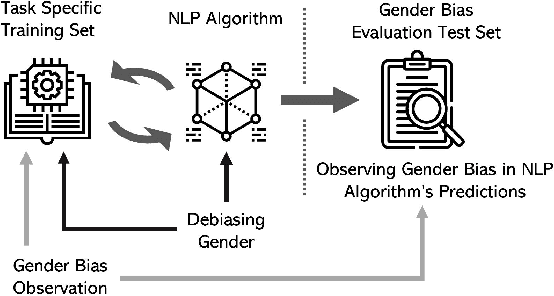
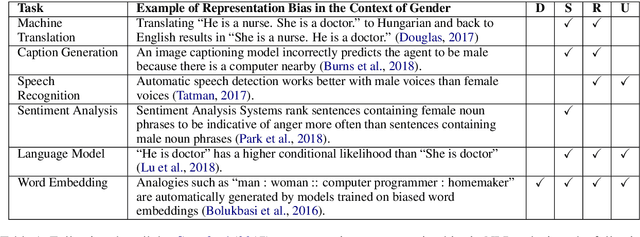

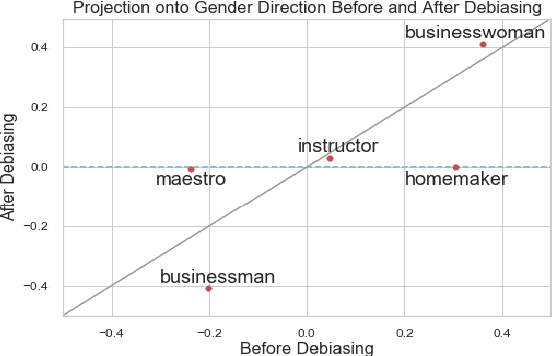
Abstract:As Natural Language Processing (NLP) and Machine Learning (ML) tools rise in popularity, it becomes increasingly vital to recognize the role they play in shaping societal biases and stereotypes. Although NLP models have shown success in modeling various applications, they propagate and may even amplify gender bias found in text corpora. While the study of bias in artificial intelligence is not new, methods to mitigate gender bias in NLP are relatively nascent. In this paper, we review contemporary studies on recognizing and mitigating gender bias in NLP. We discuss gender bias based on four forms of representation bias and analyze methods recognizing gender bias. Furthermore, we discuss the advantages and drawbacks of existing gender debiasing methods. Finally, we discuss future studies for recognizing and mitigating gender bias in NLP.
 Add to Chrome
Add to Chrome Add to Firefox
Add to Firefox Add to Edge
Add to Edge